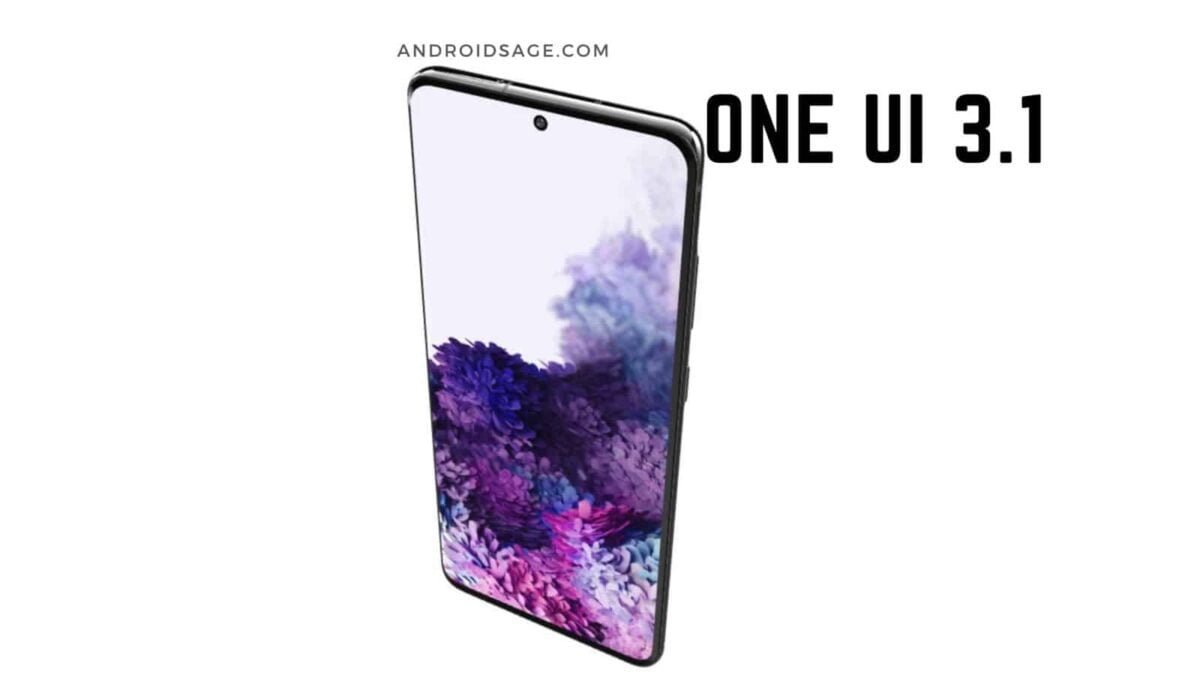If you’re a proud owner of a Samsung Galaxy S20, S20+, or S20 Ultra, I’ve got some exciting news for you. With the One UI 3.1 update, your device now supports eSIM functionality. This means you can ditch the physical SIM card and switch to a digital one, making managing your mobile plans easier than ever. In this article, I’ll walk you through everything you need to know about the One UI 3.1 update and how to enable eSIM on your Galaxy S20 series phone. Let’s dive in!
What is eSIM?
An eSIM, or embedded SIM, is a digital SIM card that allows you to activate a cellular plan without the need for a physical SIM card. It’s built directly into your device, making it more convenient and flexible. With eSIM, you can easily switch between different carriers and plans without having to swap out physical SIM cards. It’s especially useful for travelers and those who want to keep their personal and work numbers on the same device.
One UI 3.1 Update: What’s New?
The One UI 3.1 update brings several enhancements to the Galaxy S20 series, but the most notable feature is the addition of eSIM functionality. Here’s a quick overview of what One UI 3.1 offers:
- eSIM Functionality: The star of the show! This feature lets you add and manage eSIM profiles directly on your device.
- Enhanced Camera Features: Improved camera performance and new features like Director’s View and improved Single Take.
- Better Performance: Optimizations for smoother performance and faster app launches.
- Enhanced Privacy and Security: New privacy controls and security enhancements to keep your data safe.
How to Enable eSIM on Galaxy S20 Series
Enabling eSIM on your Galaxy S20 series phone is a breeze. Follow these simple steps:
- Update to One UI 3.1: Ensure your device is running the latest One UI 3.1 update. Go to Settings > Software update > Download and install.
- Access SIM Card Manager: Once updated, go to Settings > Connections > SIM card manager.
- Add Mobile Plan: Tap on “Add mobile plan” and follow the on-screen instructions to scan a QR code provided by your carrier or enter the activation code manually.
- Activate eSIM: Once the eSIM profile is added, select it and activate it as your primary or secondary SIM.
Benefits of Using eSIM
Using an eSIM offers several advantages over traditional physical SIM cards:
- Convenience: Easily switch between carriers and plans without swapping SIM cards.
- Dual SIM Functionality: Use both your physical SIM and eSIM simultaneously for personal and work numbers on the same device.
- Travel-Friendly: Activate local eSIM plans when traveling abroad without needing to buy a new SIM card.
- Eco-Friendly: Reduce plastic waste by eliminating the need for physical SIM cards.
Real-Life Examples
Let’s look at a few scenarios where eSIM can make your life easier:
- Frequent Travelers: If you travel frequently, eSIM allows you to activate local plans in different countries without buying a new SIM card each time. Just scan the QR code from a local carrier, and you’re good to go!
- Business and Personal Use: Keep your work and personal numbers on the same device. You can use your physical SIM for personal calls and an eSIM for work-related calls and data.
- Network Flexibility: If you’re in an area with poor network coverage from your primary carrier, switch to a different carrier’s eSIM profile to stay connected.
Addressing Common Concerns
You might have some questions or concerns about using eSIM. Let’s address a few common ones:
Is my carrier supported?
Most major carriers support eSIM, but it’s always best to check with your carrier to ensure compatibility. In some regions, carrier support for eSIM might be limited, so a quick call to customer service can clarify any doubts.
Can I use eSIM and a physical SIM simultaneously?
Yes, the Galaxy S20 series supports dual SIM functionality, allowing you to use both a physical SIM and an eSIM at the same time. This is great for managing work and personal numbers on one device.
What if I switch devices?
Switching devices with eSIM is straightforward. Deactivate the eSIM profile on your old device and reactivate it on your new device using the same QR code or activation code provided by your carrier.
FAQs
What is eSIM, and how does it work?
eSIM is a digital SIM card embedded in your device, allowing you to activate a cellular plan without a physical SIM card. You can switch between carriers and plans easily by adding eSIM profiles provided by carriers.
How do I update my Galaxy S20 to One UI 3.1?
To update, go to Settings > Software update > Download and install. Ensure your device is connected to Wi-Fi and has sufficient battery life.
Can I use eSIM and a physical SIM at the same time on the Galaxy S20?
Yes, the Galaxy S20 series supports dual SIM functionality, allowing you to use both a physical SIM and an eSIM simultaneously.
What carriers support eSIM on the Galaxy S20 series?
Most major carriers support eSIM. Check with your carrier to confirm the compatibility and availability of eSIM services.
Conclusion
The One UI 3.1 update has truly enhanced the functionality of the Galaxy S20 series by introducing eSIM support. This feature offers unparalleled convenience and flexibility, allowing you to manage multiple mobile plans with ease. Whether you’re a frequent traveler, a business professional, or someone who loves staying on the cutting edge of technology, eSIM on the Galaxy S20 series is a game-changer. Make sure to update your device and start enjoying the benefits of eSIM today. Stay tuned to 9jaboizgist.com.ng for more tech updates and tips!
So, what are you waiting for? Update to One UI 3.1, enable eSIM, and experience the future of mobile connectivity!
